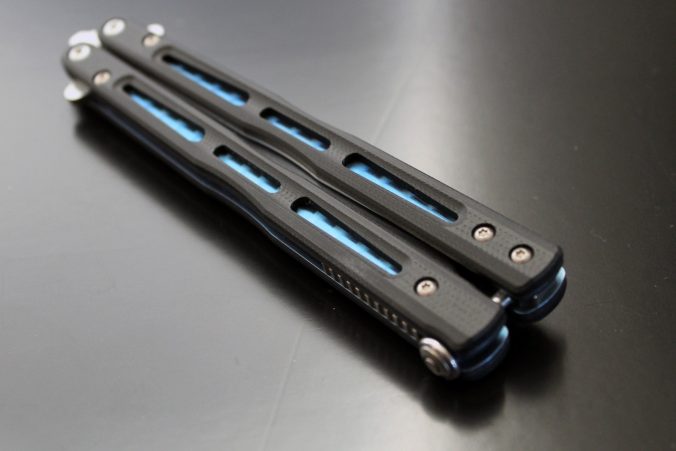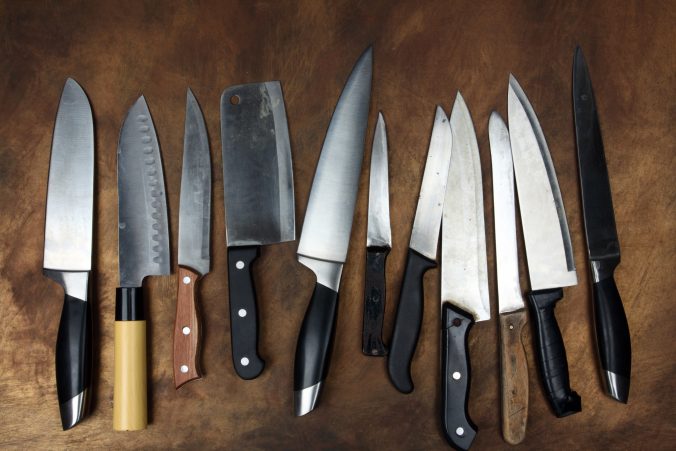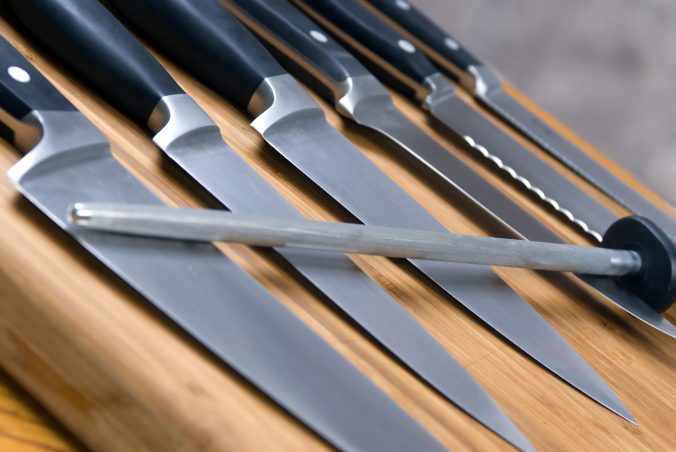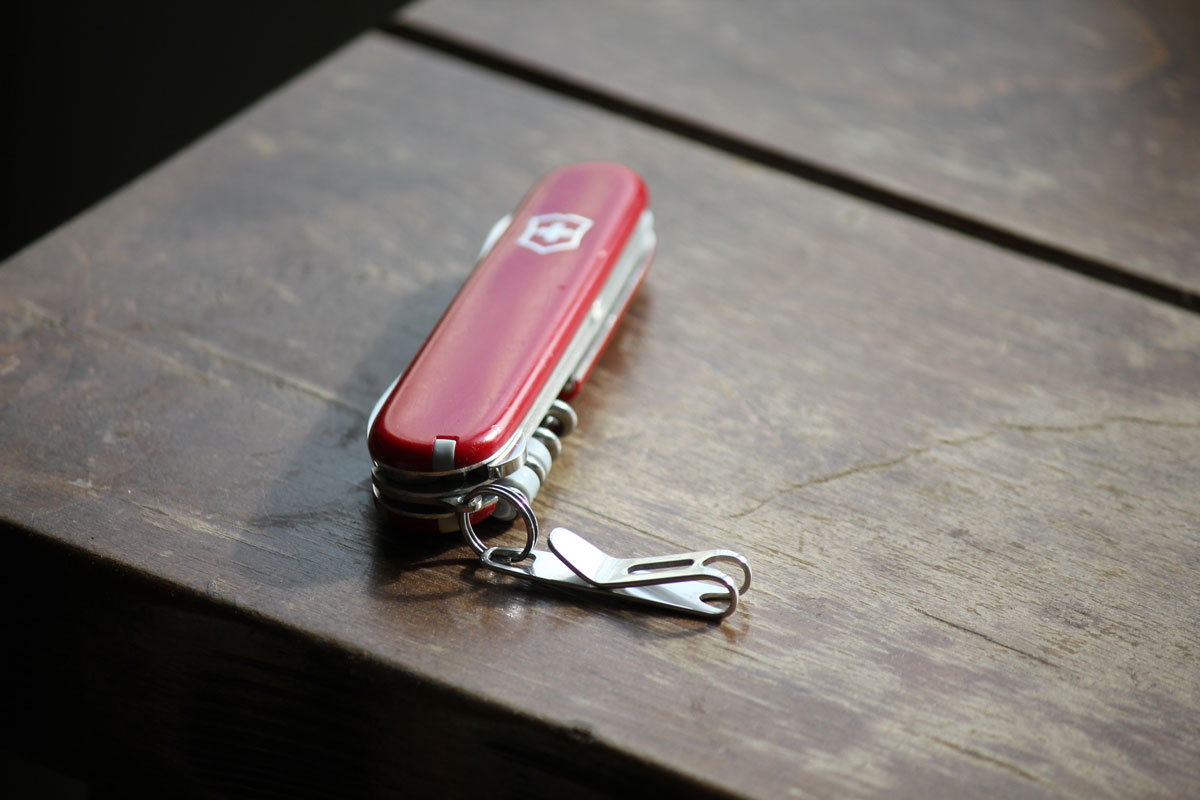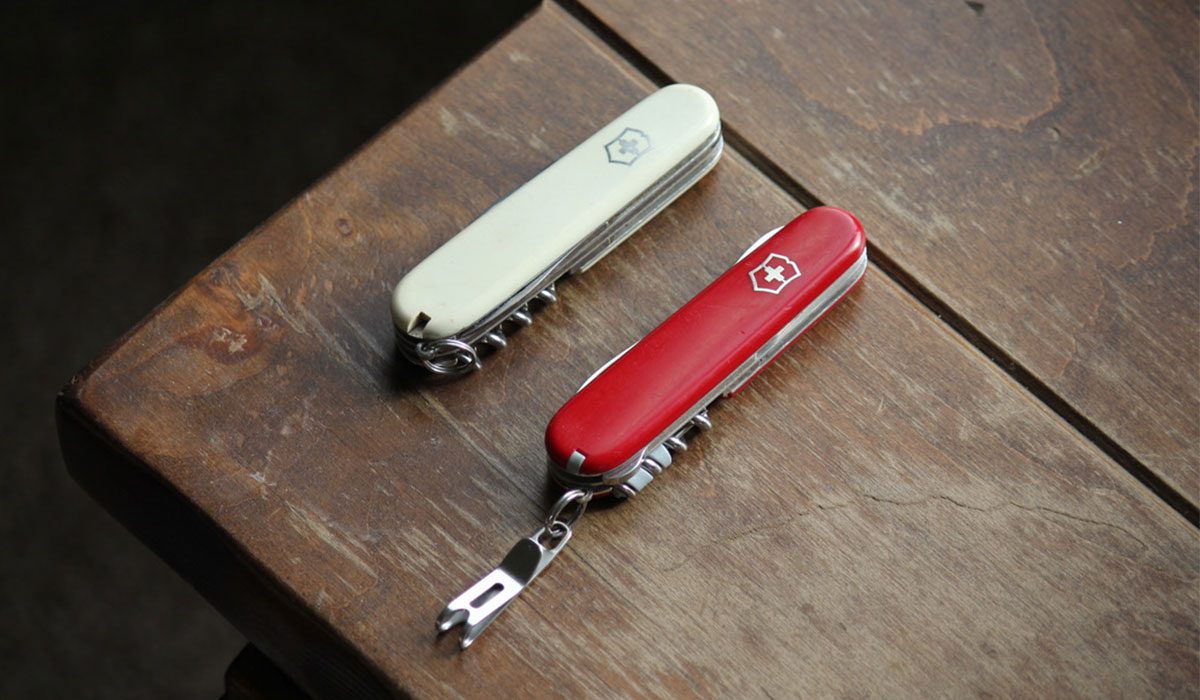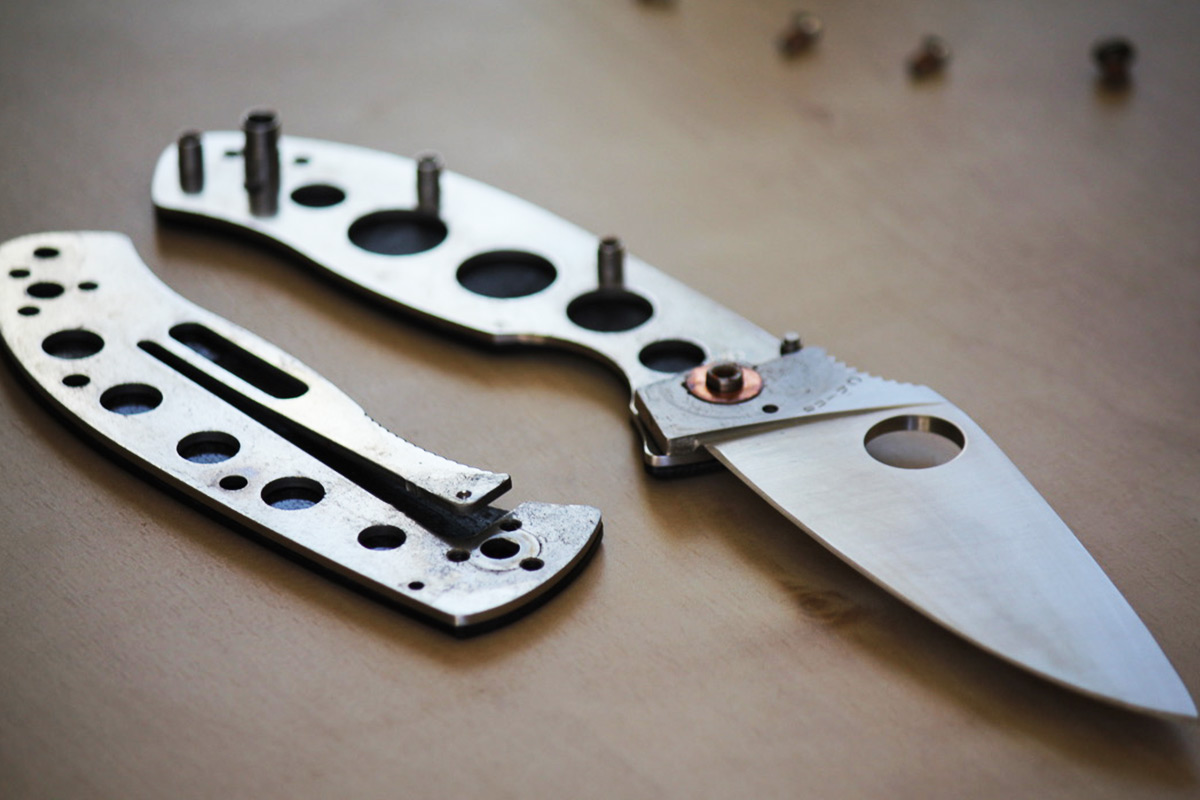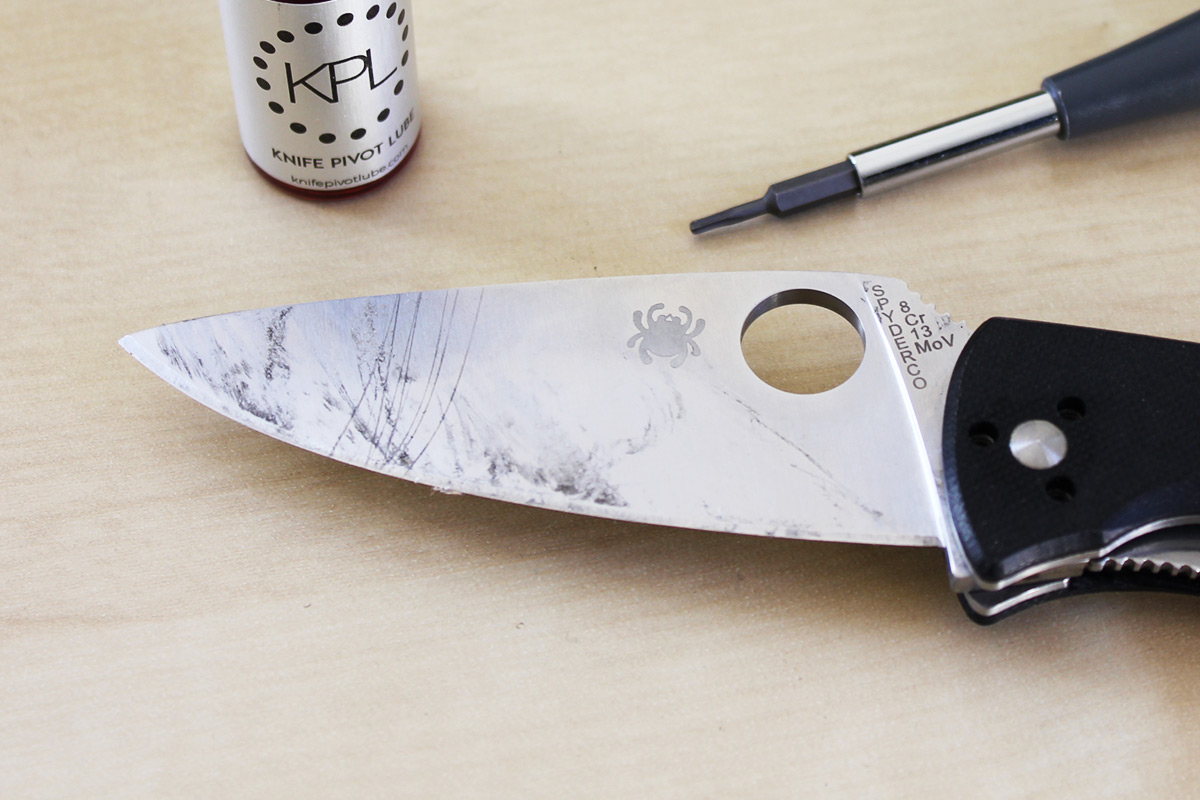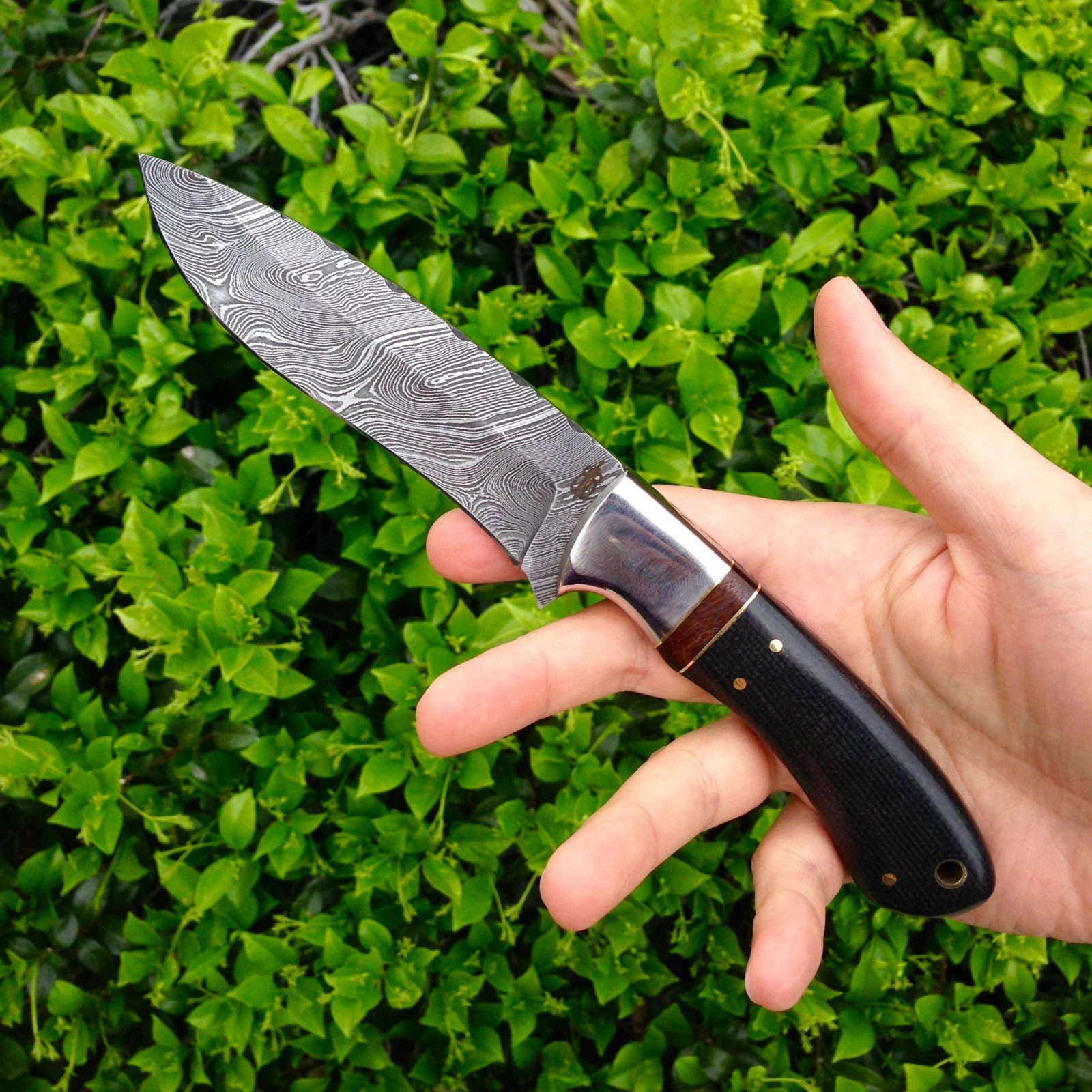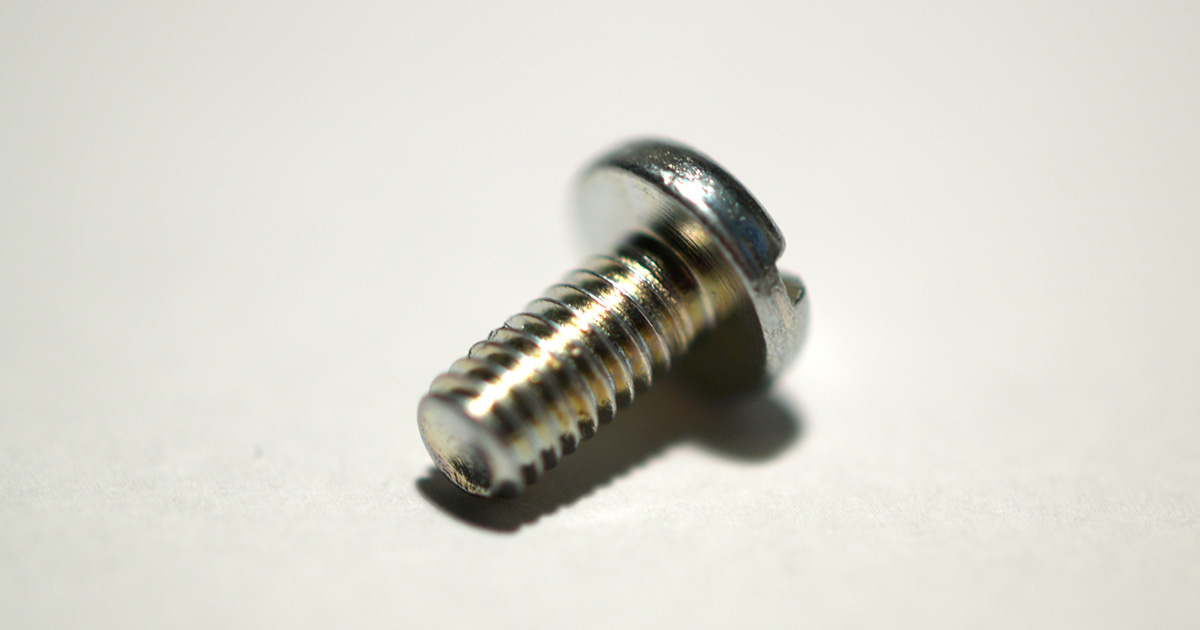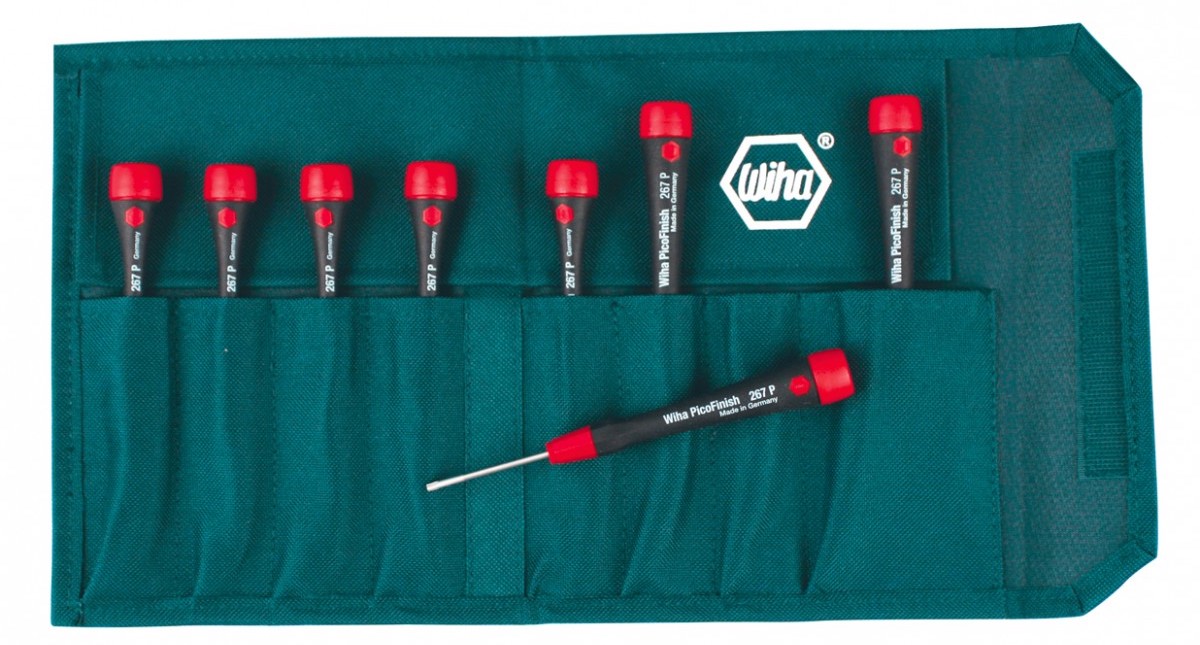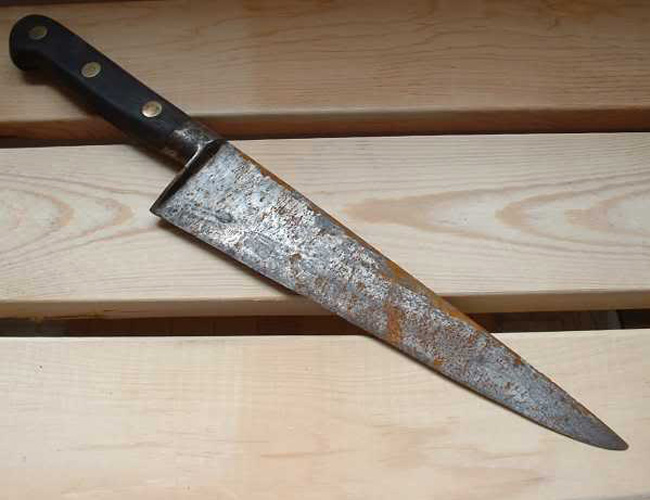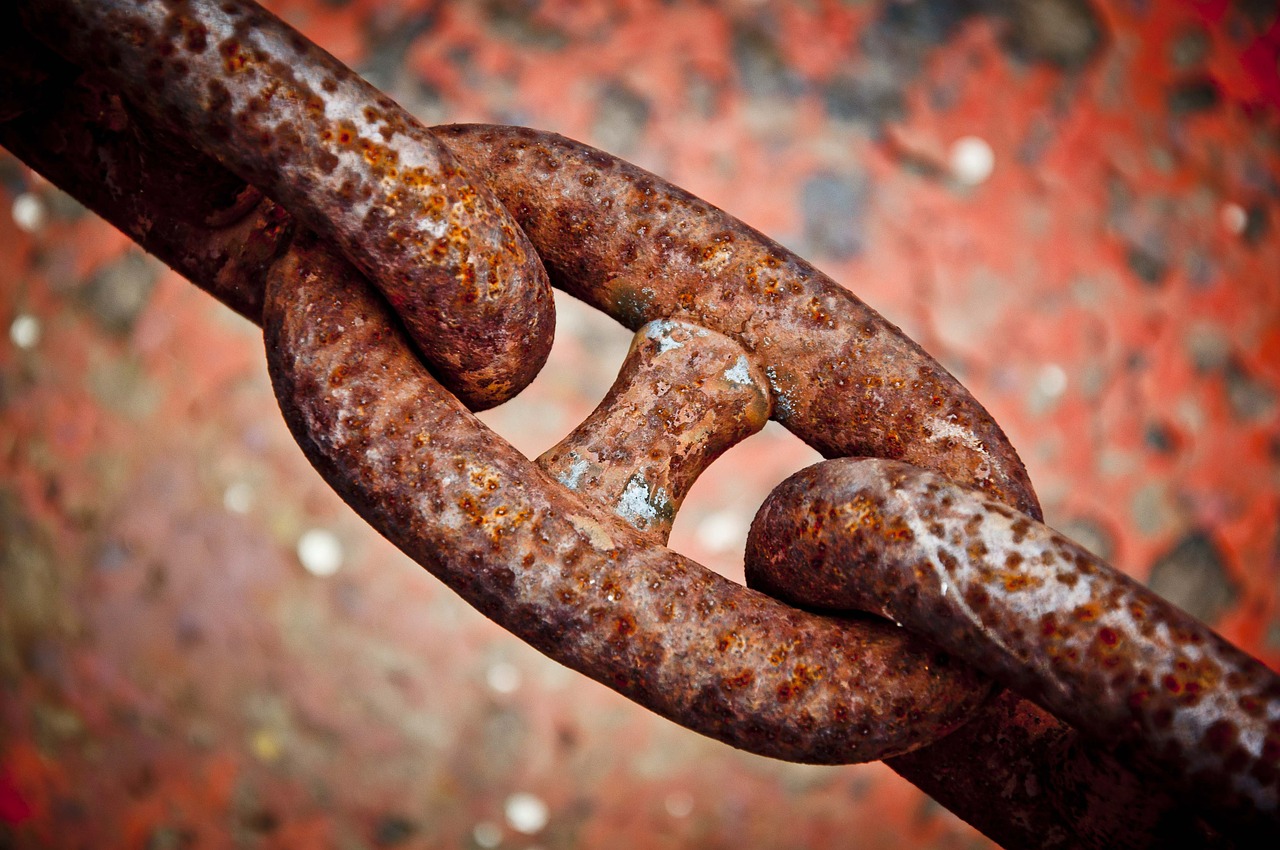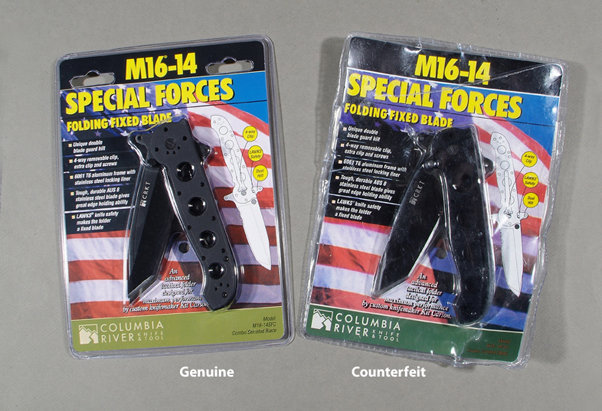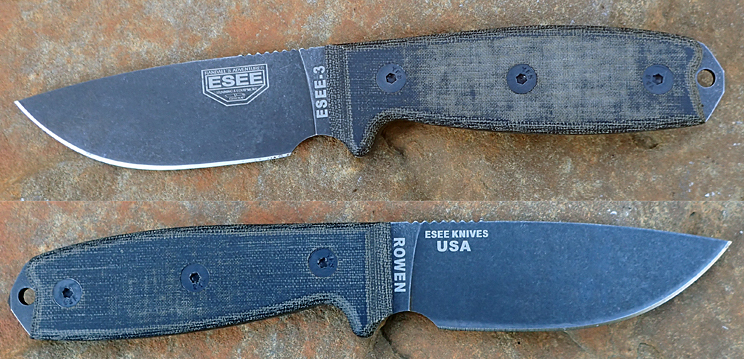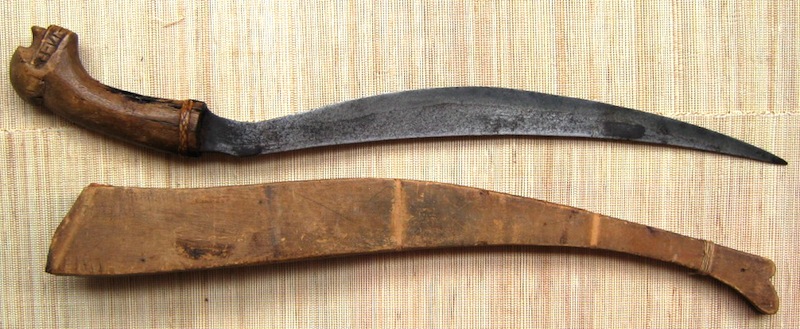
So, you picked up an awesome knife for $3 at a yard sale, or maybe your grandfather handed down his favorite blade, and now you’re curious about what it is — and what it’s worth.
Unfortunately, identifying a knife and determining its value can be trickier than it sounds. But if you’re looking for a good place to start, keep reading.
1. Find identifying marks or symbols
The first — and most obvious — step is to look closely at the knife itself.
Search for any symbols, initials, or maker’s marks on the blade or handle. These marks are often the calling cards of brands or individual knifemakers and can range from simple logos to scribbled signatures.
If there’s no marking, there’s a chance the knife could be a clone.
Sometimes a quick Google search of the markings is all it takes.
For example, let’s say you stumble upon an old slipjoint that looks like an antique with this marking:

A search will reveal it was an early 20th-century company. From there, you can hop over to eBay and find that their knives can range from $20 to $350, depending on the model.
2. Get a reference book
You might think the Internet has all the answers, but many antique knives aren’t well-documented online.
That’s why seasoned collectors still swear by reference books. A standout is Goins’ Encyclopedia of Cutlery Markings — a massive compilation of historic maker’s marks.
Although it’s out of print, Knife Magazine may offer an online version for subscribers. It’s worth reaching out to them for access.
Other helpful books include Randall Knives: A Reference Book and many regional guides.
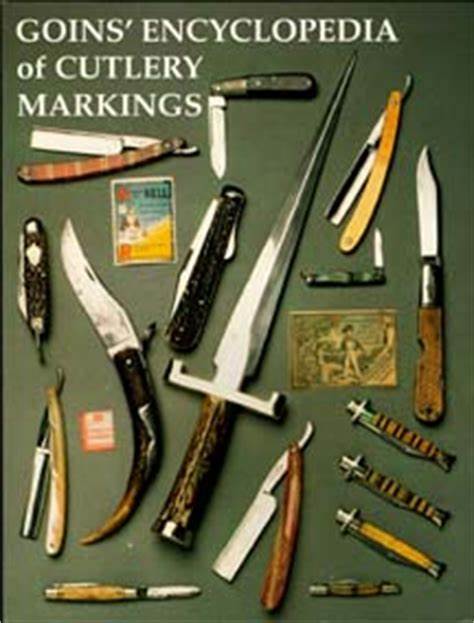
3. Analyze construction and materials
If there’s no clear identifier, you can still narrow things down by studying how the knife was made.
Specific types of locks, blade shapes, handle materials, and overall craftsmanship can hint at the knife’s origin and era.
For example, if you have a knife with a specific type of lock, you can usually narrow the date it was manufactured with a little research. You could also narrow down where it was made by looking at its style and influence.
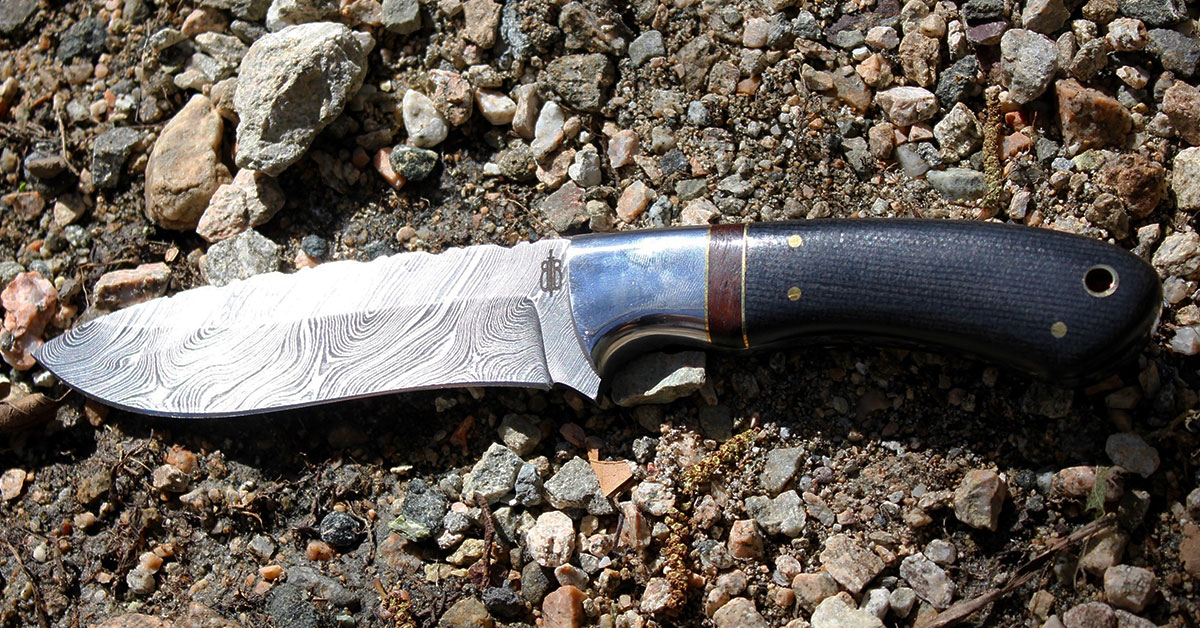
If the materials feel cheap, the construction sloppy, or the knife seems like a copy of a famous design, chances are it was mass-produced in China or Pakistan — which usually means lower monetary value.
Good knives have tight tolerances, solid construction, and durable materials.
4. Browse through eBay

Even if you haven’t identified the knife yet, browsing eBay can help.
For instance, if you think you have a stockman knife — a traditional three-blade folding knife — try searching “vintage stockman knife bone handle.”
You may stumble upon an exact or similar match, giving you clues about its identity and value.
Pay attention to both listed prices and sold prices for the best idea of market value.
5. Post your picture on websites
If you’re still stuck, try tapping into the collective knowledge of knife enthusiasts online.
Forums like Blade Forums and subreddits like r/knifeclub, r/knives, r/bladesmith, and r/KnifeID can be great resources.
Tip: Always include clear, detailed photos and as much information as you can — size, weight, materials, and any visible markings.
Just keep in mind that frequent “what is this?” posts can wear thin, so be respectful of each community’s rules.
Help identify mysterious knife
byu/superbeefwithcheese inknifeclub
6. Go to a knife expert
If all else fails — and especially if you suspect the knife could be rare or valuable — it’s worth talking to a knife expert, antique dealer, or museum curator.
Sometimes truly special knives require an experienced eye to identify and appraise properly.
